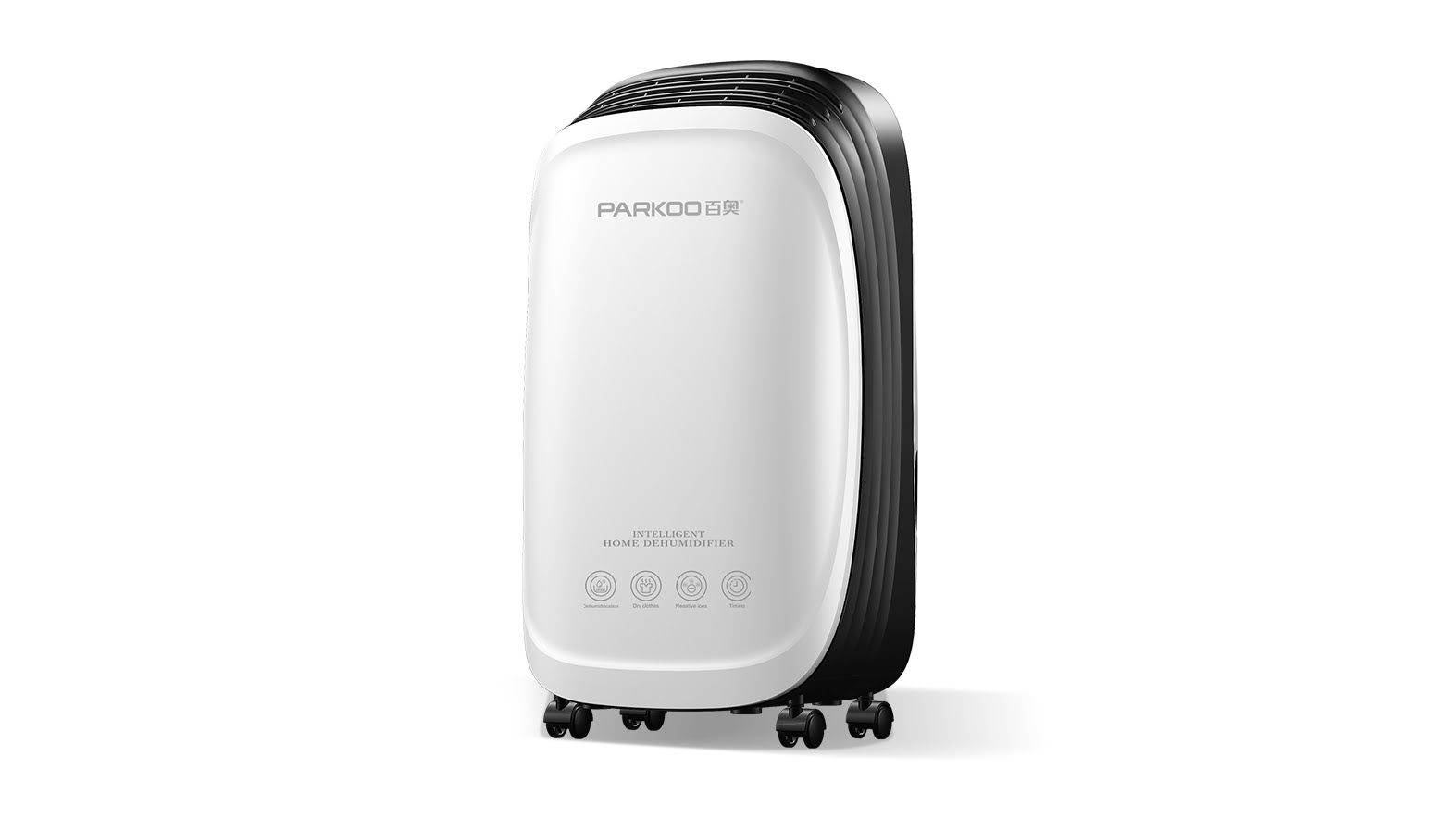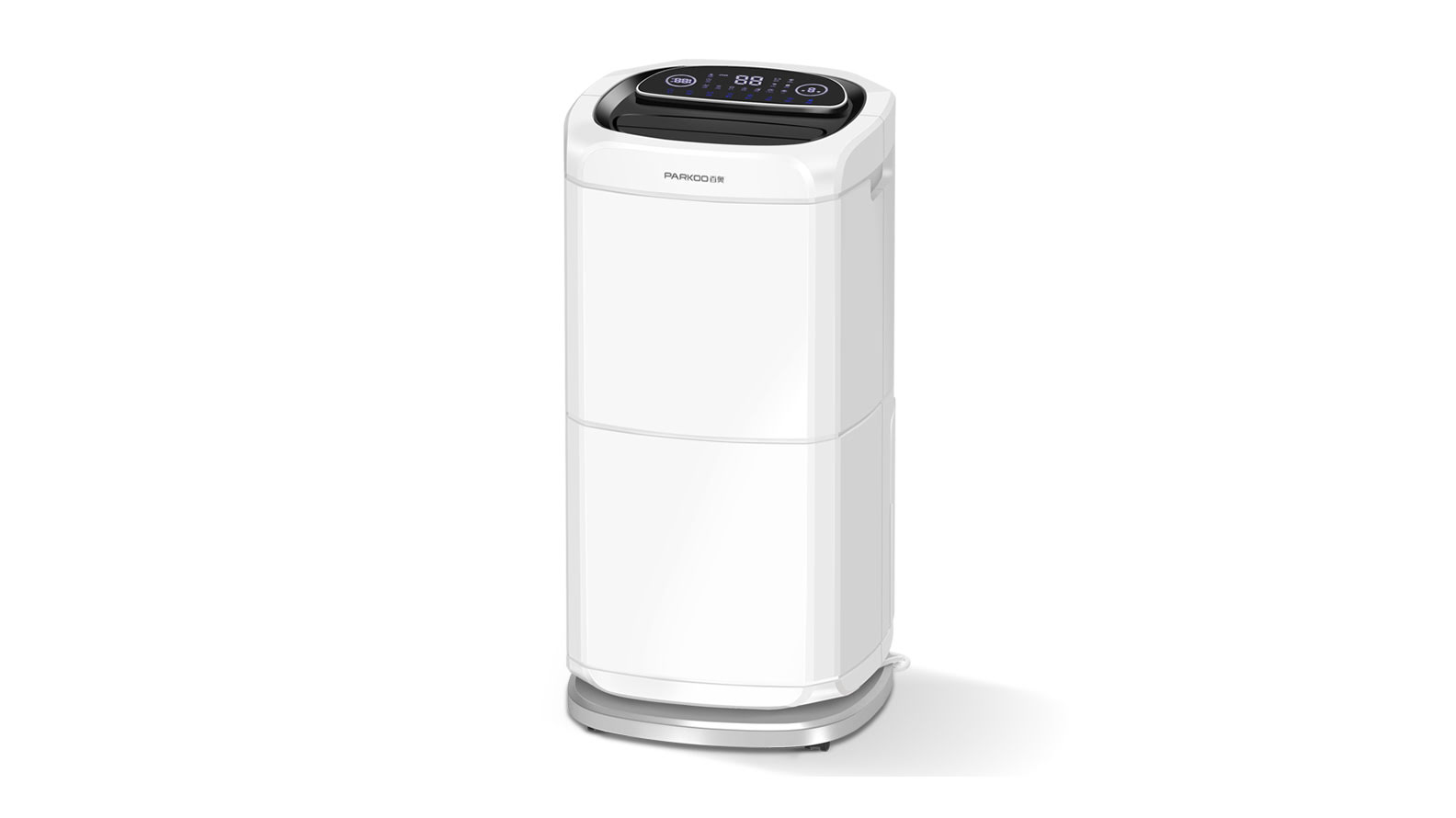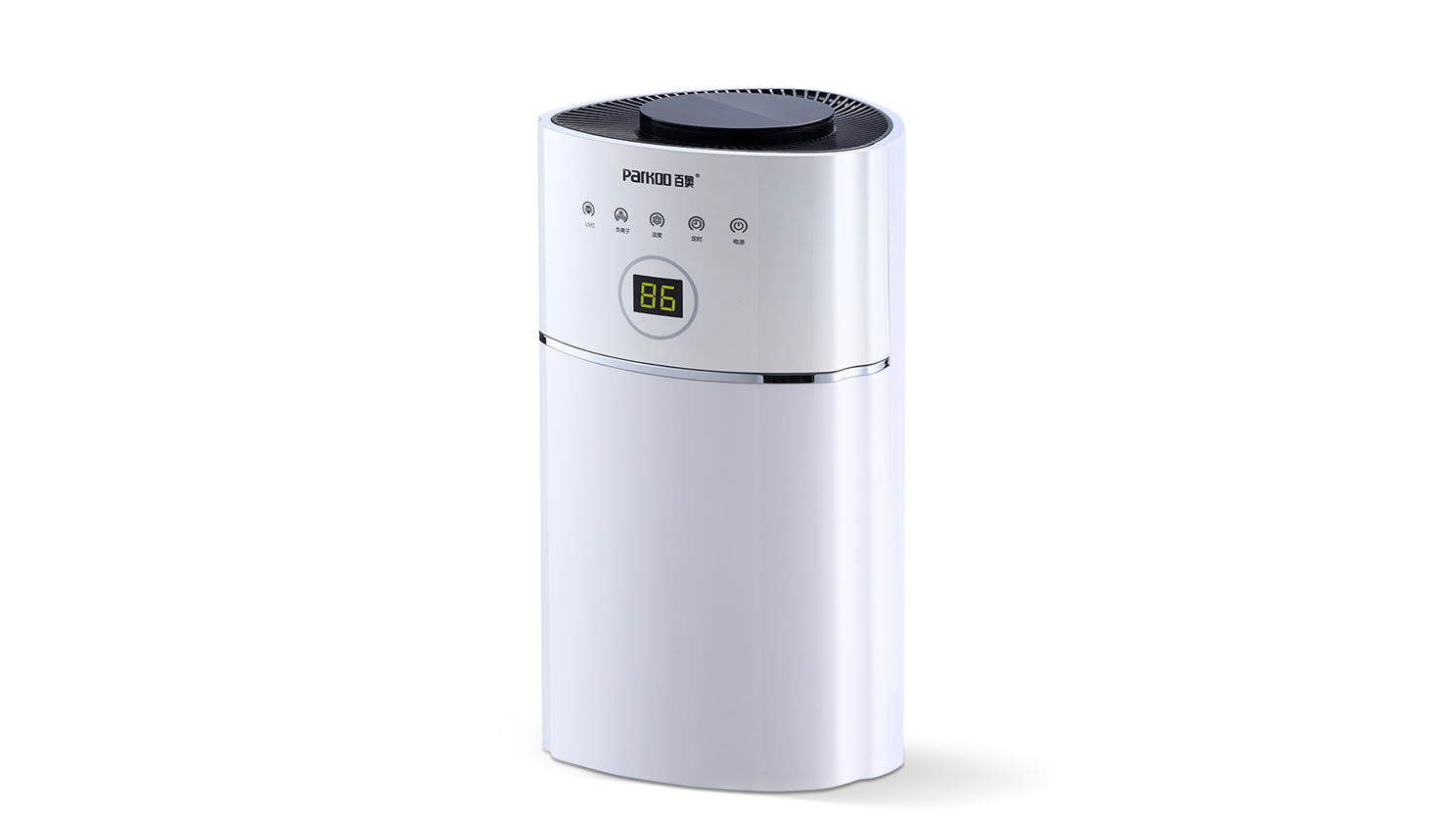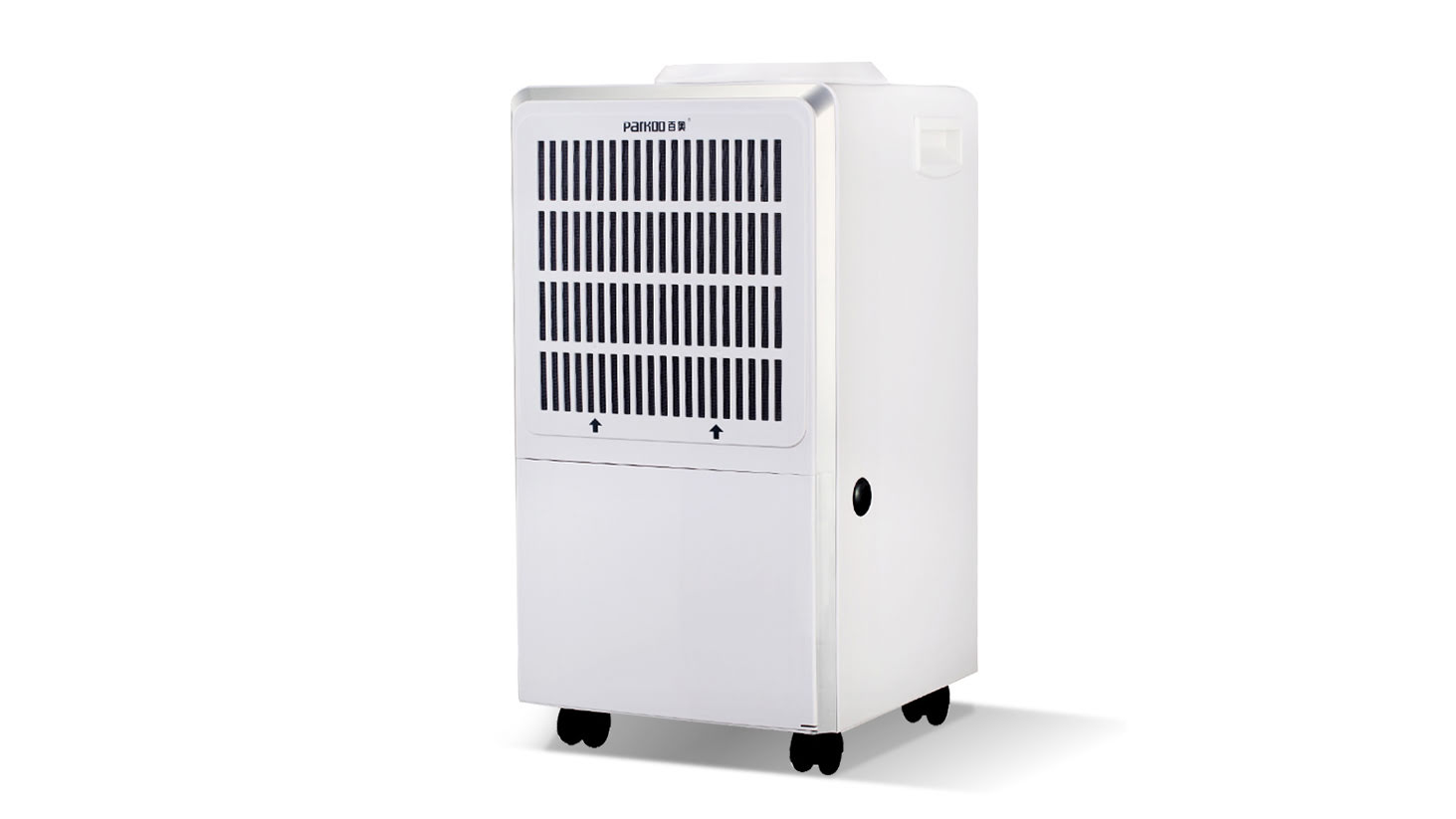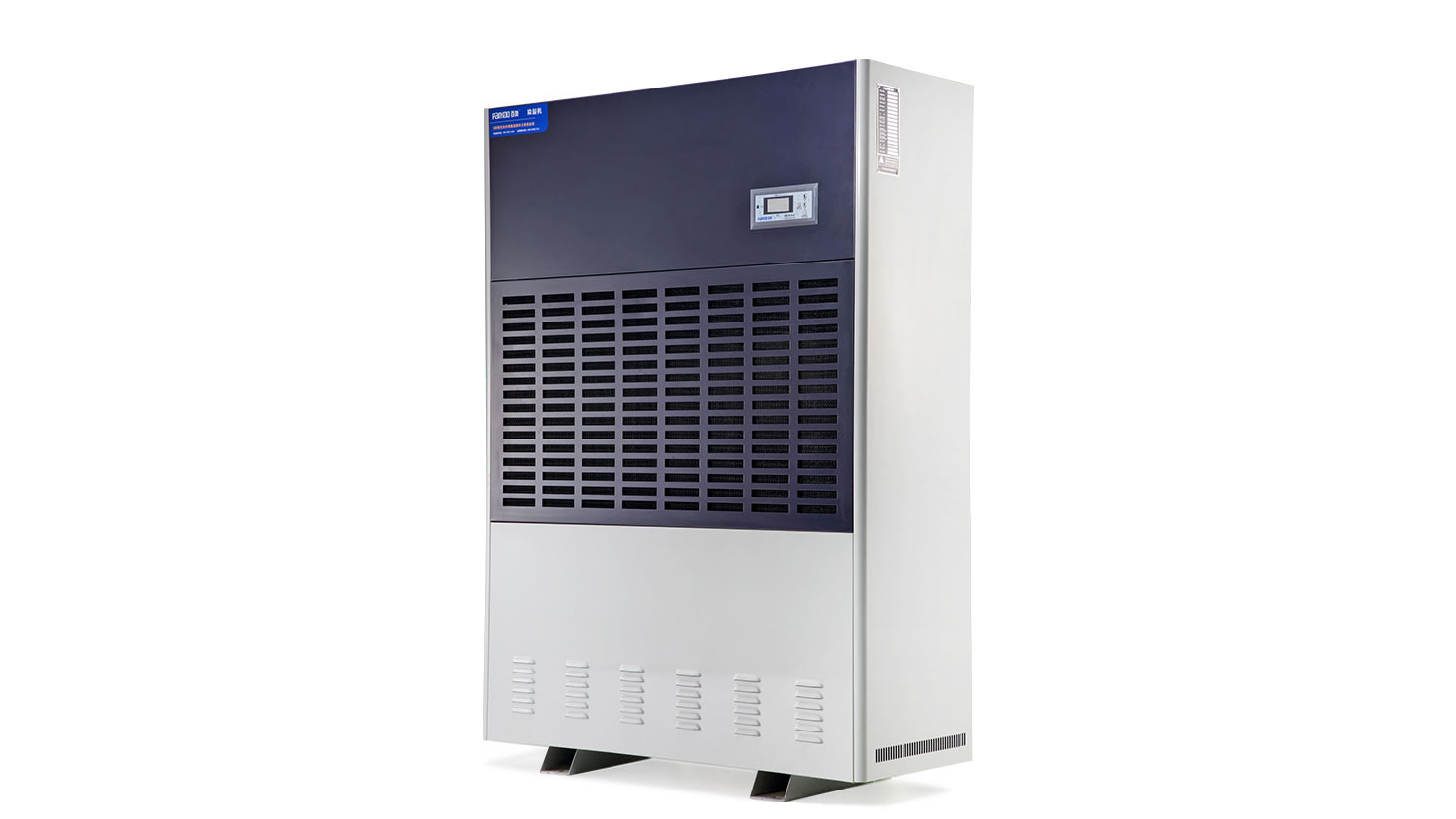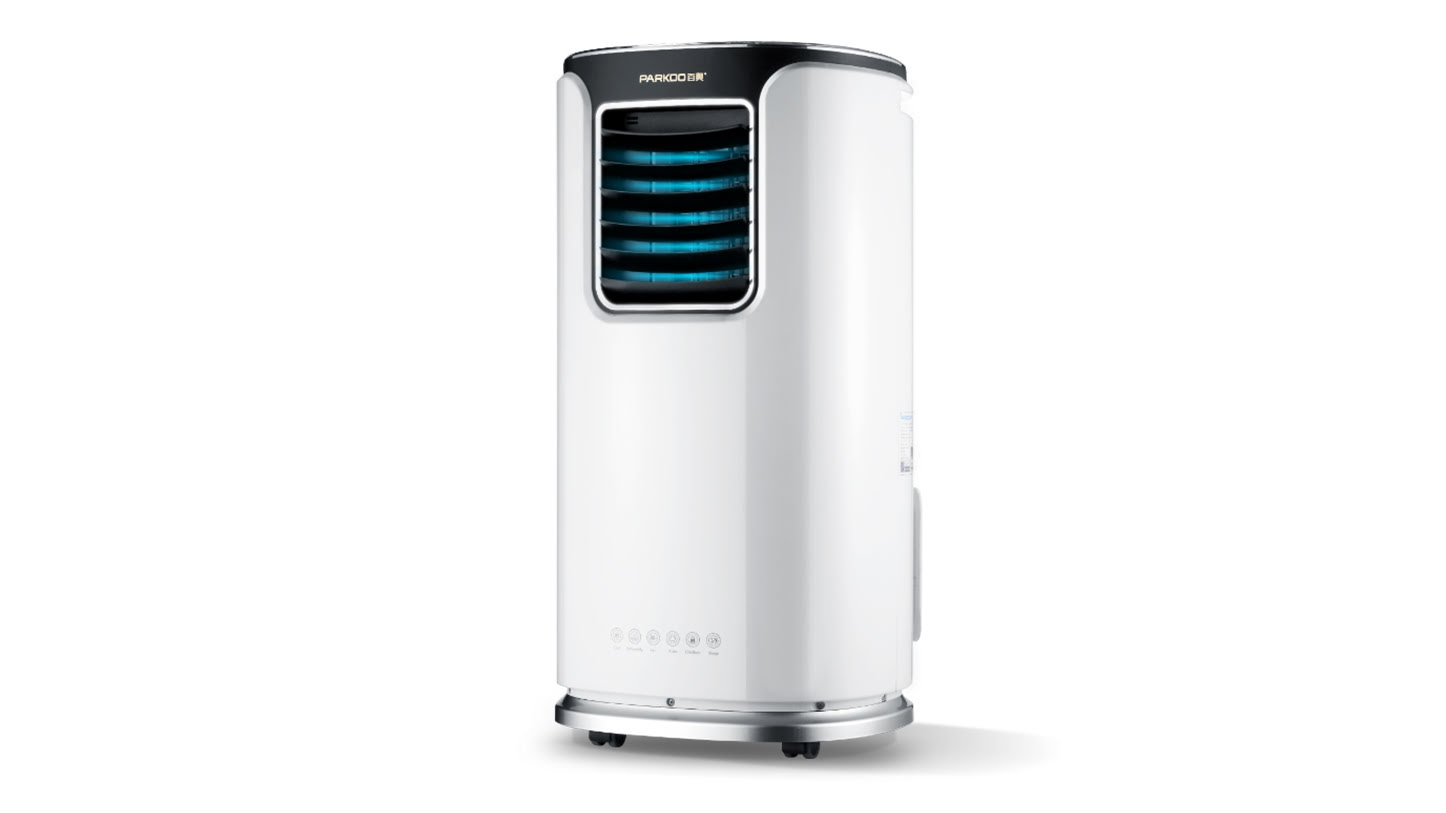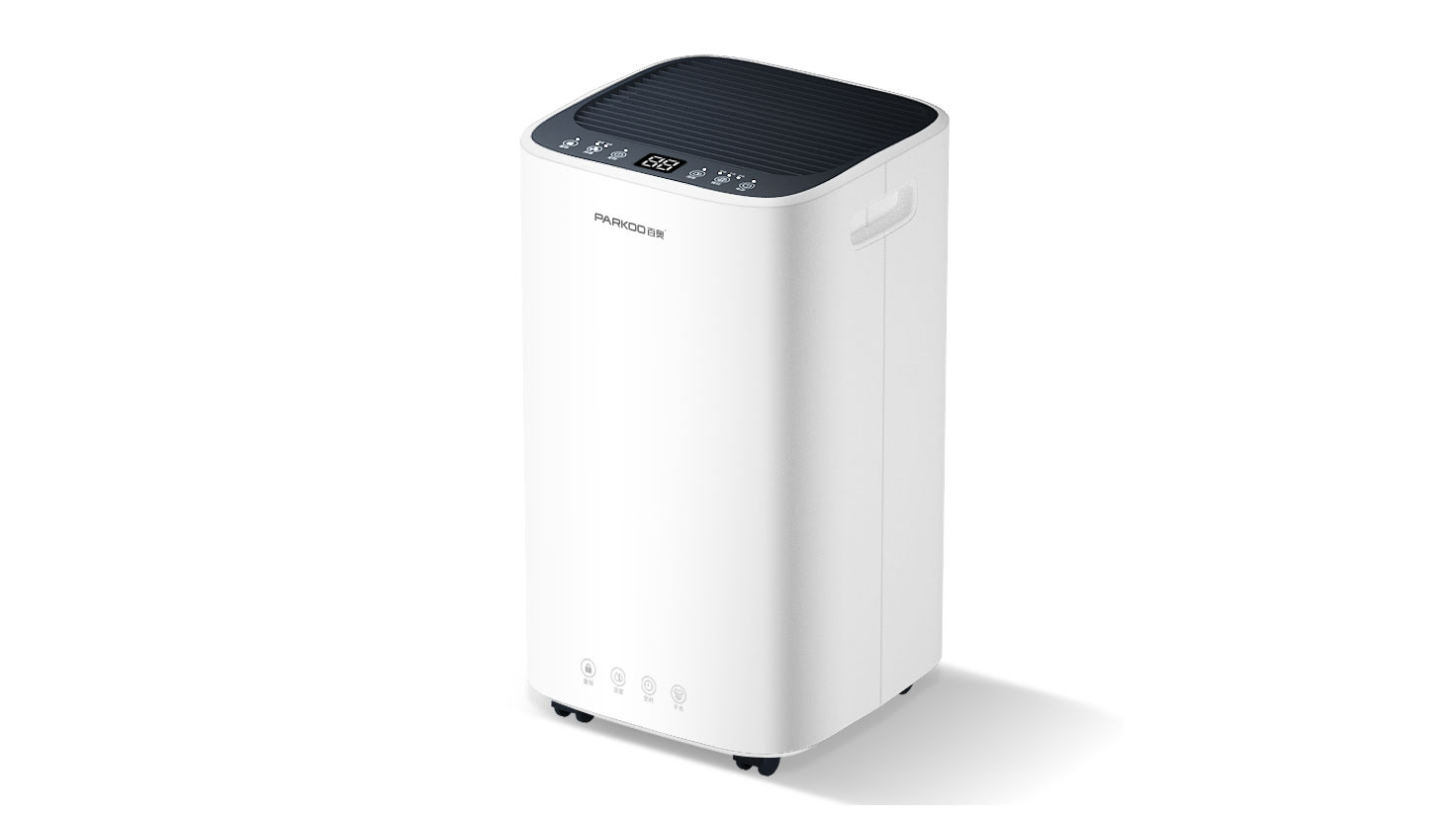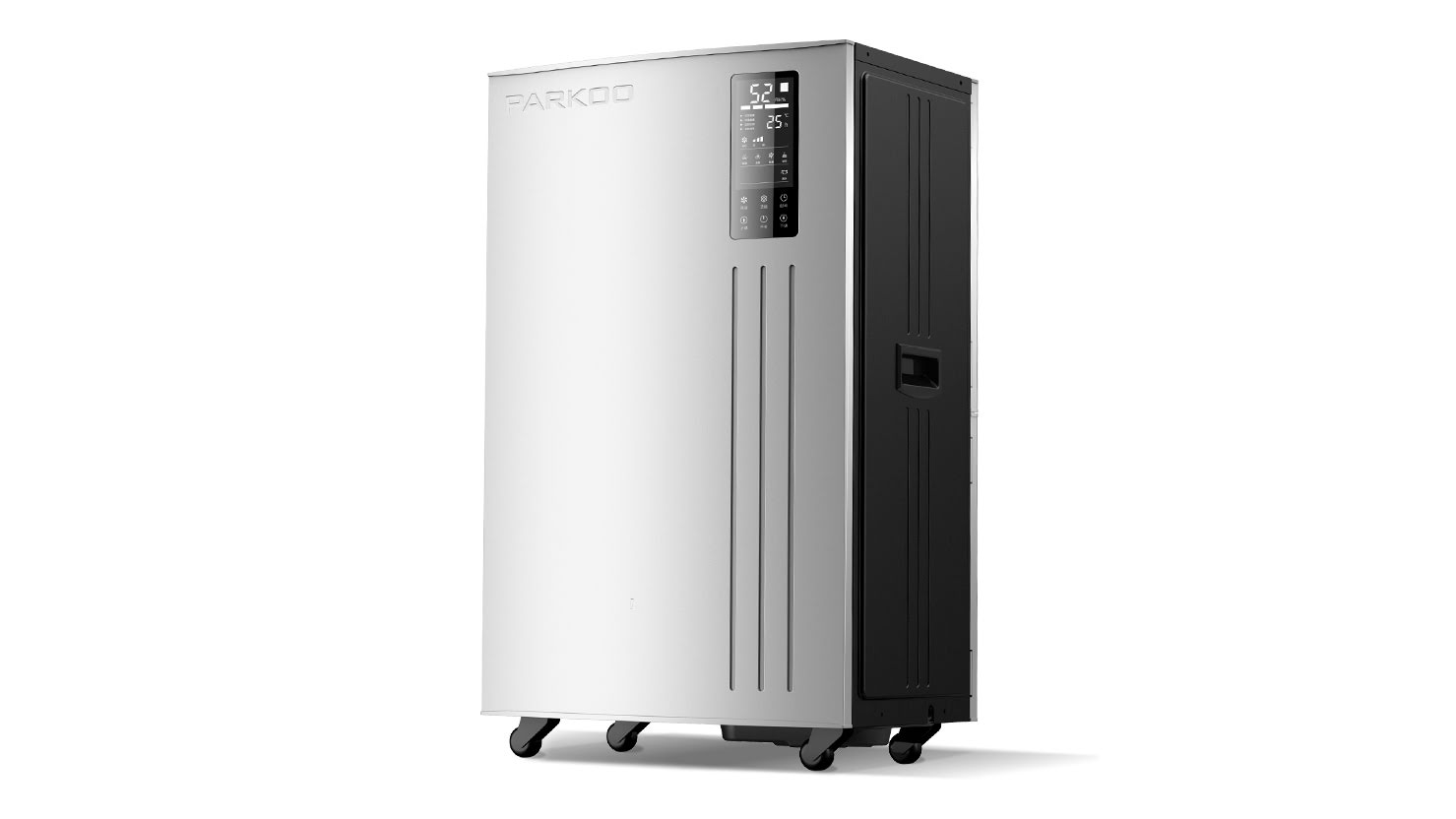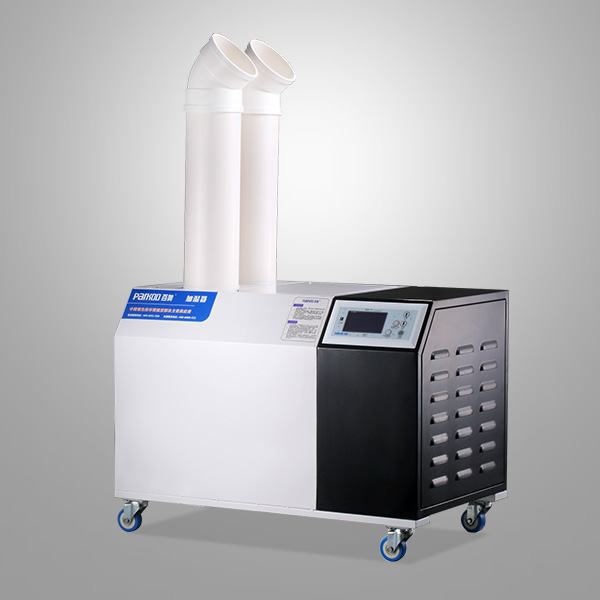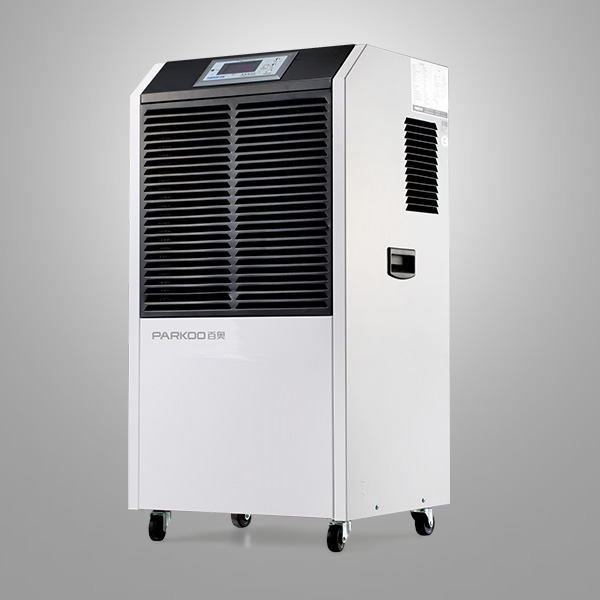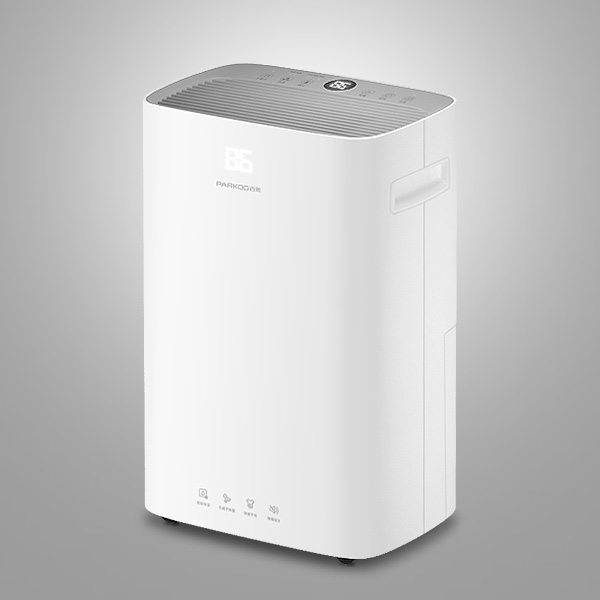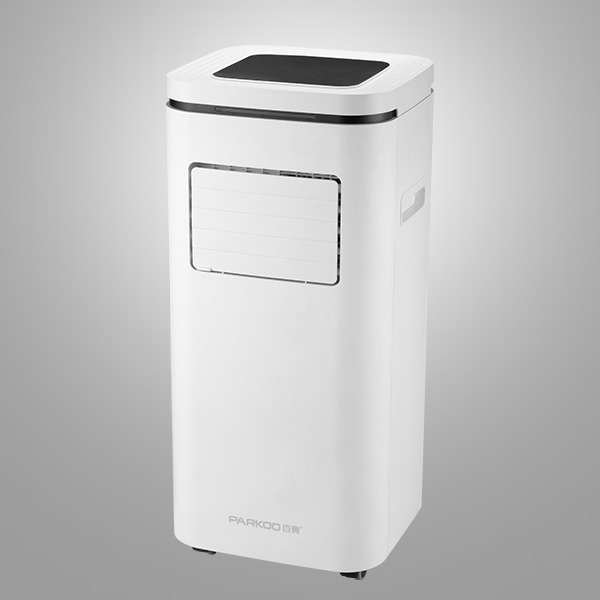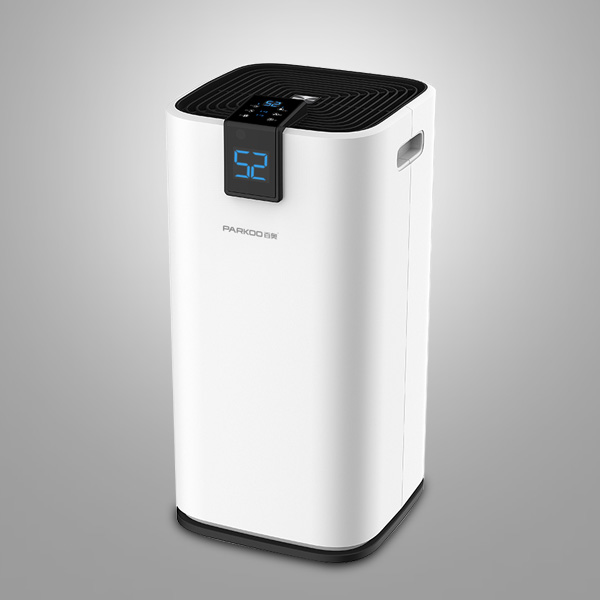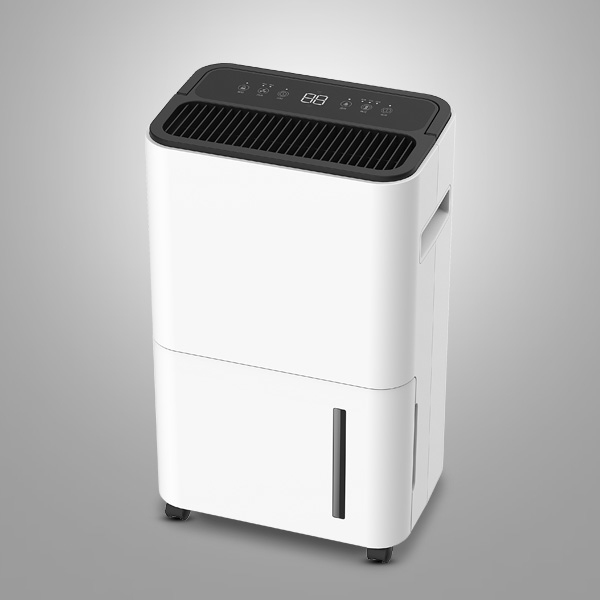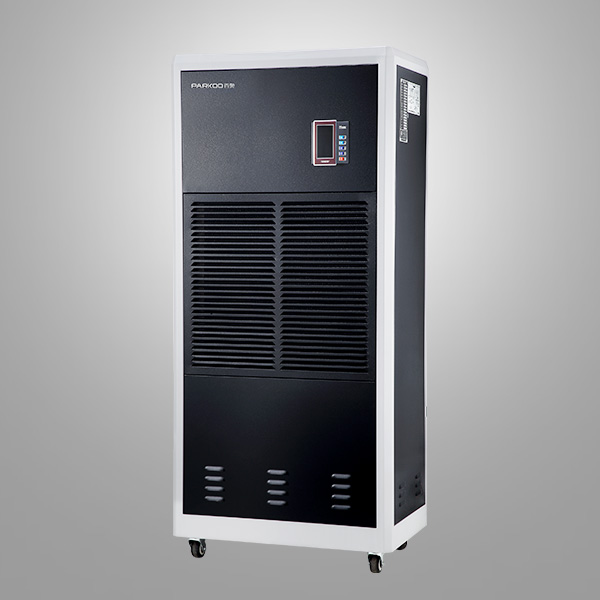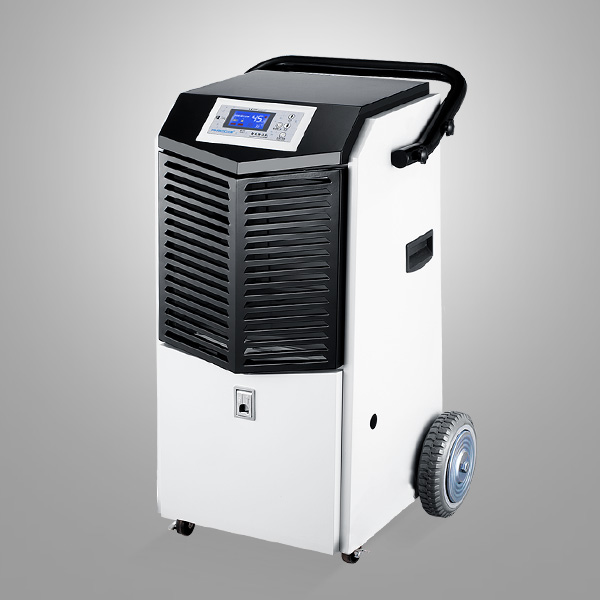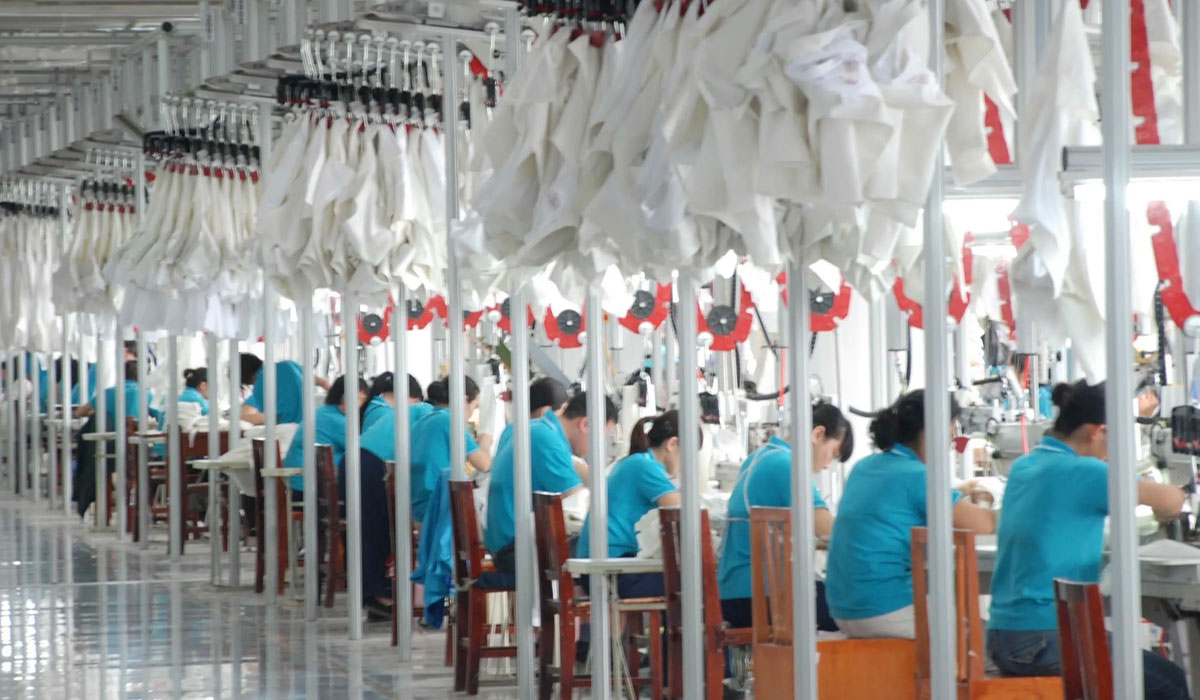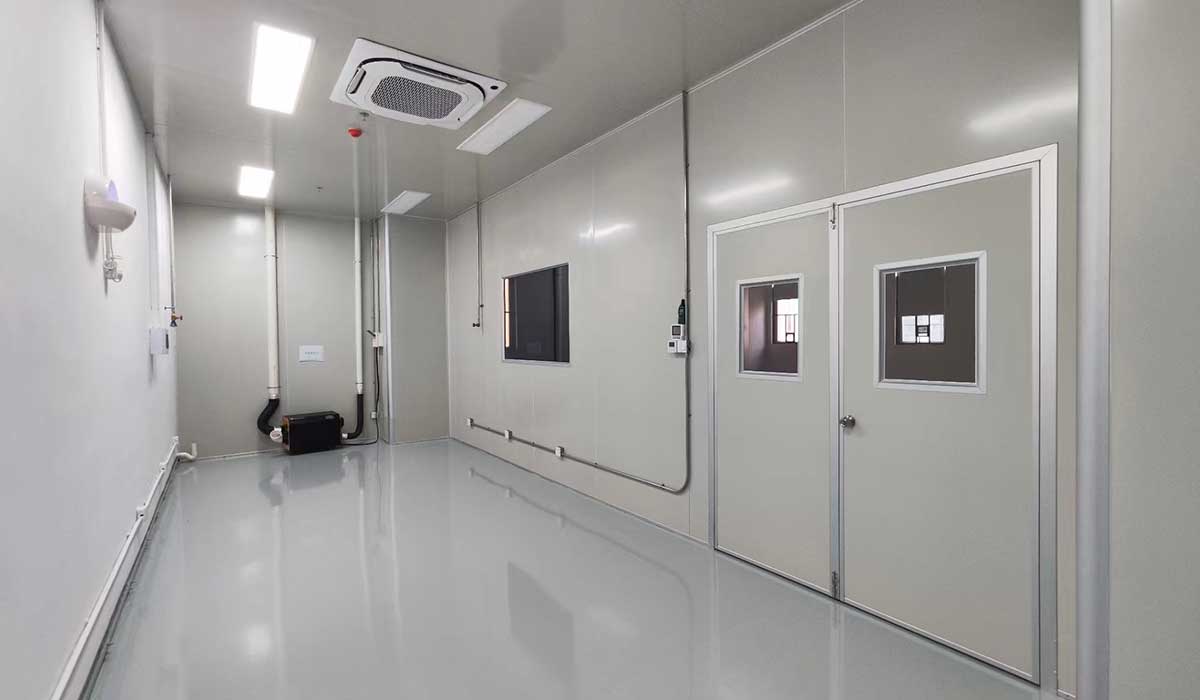Refrigerant, also known as refrigerant, snow seed
Refrigerant is a substance that transfers heat through evaporation and condensation in the air conditioning system, commonly known as Freon
The compressor of the dehumidifier is the same as the air conditioner, so the refrigerant is also the same. For the calculation method of the relevant operating power, please refer to: Tips on Conversion of units of Refrigeration Engineering (RT) - horsepower (HP) - power (KW)
Refrigerant is a kind of substance that is easy to absorb heat and turn into gas and heat release into liquid. Early refrigeration plants used ammonia gas as a cooling coal, and when ammonia was under pressure, it released heat and became a liquid; When a high-pressure liquid is reduced to a gas, it absorbs heat. The commonly used air conditioners in daily life use chlorofluorocarbons as cooling coal, but the previously used chlorofluorocarbons can damage the ozone layer. Scientists have developed chlorofluorocarbons that do not damage the ozone layer. Ideal refrigerant is non-toxic, non explosive, non corrosive to metals and non-metals, non flammable, easy to detect when leaking, chemically stable, non destructive to lubricating oil, has high latent heat of evaporation, and is environmentally friendly
household dehumidifier generally use refrigerant model: R-134a, and industrial dehumidifier generally use refrigerant model: R22
R-134a (1,1,1,2-tetrafluoroethane) is a refrigerant that does not contain chlorine atoms, does not damage the ozone layer, and has good safety performance (non flammable, non explosive, non-toxic, non irritating, non corrosive), Its refrigerating capacity and efficiency are very close to R-12 (dichloro Difluoromethane, Freon), so it is considered as an excellent long-term alternative refrigerant. R-134a is currently internationally recognized as the best environmentally friendly alternative to R-12. Completely non ozone depleting, it is an environmentally friendly refrigerant recognized and recommended by the vast majority of countries in the world, and is also a mainstream environmentally friendly refrigerant widely used for the initial installation and re addition of new refrigeration and air conditioning equipment during maintenance. R134a has very low toxicity and is not flammable in the air. Its safety category is A1, making it a very safe refrigerant
Molecular formula
CH2FCF3
boiling point (101.3kpa)/℃
-26.1
critical temperature/℃
101.1
critical pressure/kpa
4066.6
liquid density/kg/m
1188.1
saturated Vapor pressure (25 ℃)/kPa
<661.9
Enthalpy of vaporization/Evaporative latent heat (at boiling point, 1 atm)/kJ/kg
<216
ozone depleting potential/(ODP)
<0
global warming potential/ (GWP, 100 yr)
1300
ASHRAE safety level
A1 (non-toxic and non flammable)
Saturated liquid density 25 ℃/g/m
1.207
Liquid specific heat 25 ℃/[KJ/(Kg · ℃)]
1.51
Solubility (in water, 25 ℃)/%
0.15
Global warming coefficient value/(GWP)
0.29
Critical density/g/cm
0.512
Evaporation potential at boiling point/KJ/Kg
215.0
R22 is a colorless, almost odorless gas at room temperature, non flammable, non explosive, non corrosive, slightly more toxic than R12, but still a safe refrigerant, classified as A1; Under pressure, it can liquefy into a colorless and transparent liquid. R22 has high chemical and thermal stability, especially in the absence of water, and does not react with general metals below 200 ℃. When water is present, it only acts slowly with alkali. But cracking occurs at high temperatures. R22 is a low-temperature refrigerant that can achieve a cooling temperature of -80 ℃
Molecular Weight
86.48
Boiling Point ℃
-40.82
Relative Density (30 ℃), Liquid, g/cm3
1.177
Melting Point ℃
-160.00
Critical Temperature ℃
96.15
Critical Pressure MPa
4.75
Ozone Depletion Potential (ODP)
0.045
Global Warming System Value (GWP)
1700
Freezing point ℃
270
Liquid specific heat 30 ℃, [KJ/(Kg · ℃)]
0.31
Saturated liquid density 30 ℃, (g/cm3)
1.174
Isobaric vapor specific heat (Cp), 30 ℃ and 101.3kPa [KJ/(Kg · ℃)]
Critical density, g/cm3
0.526
Evaporation potential at boiling point, KJ/Kg
233.5
